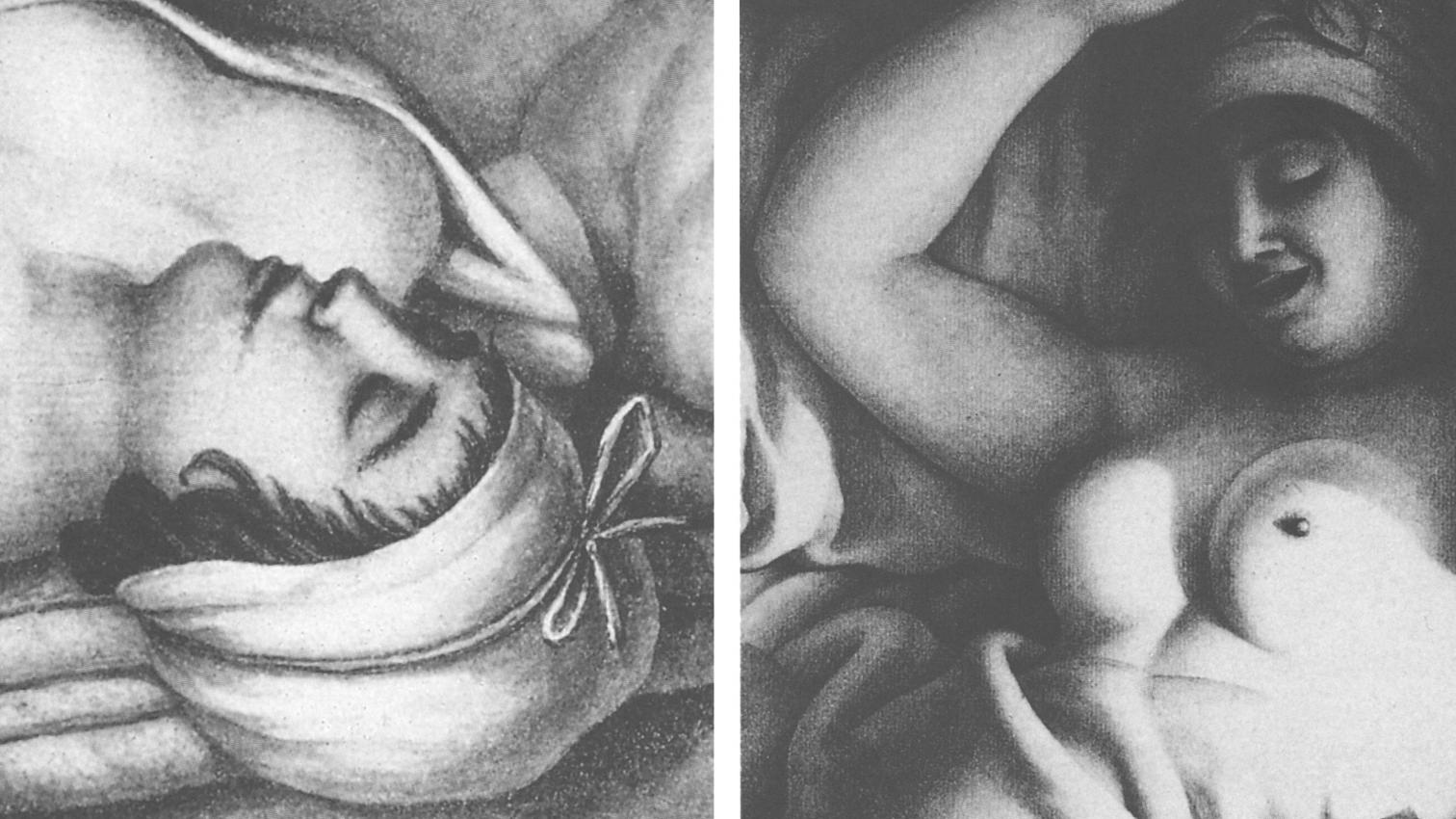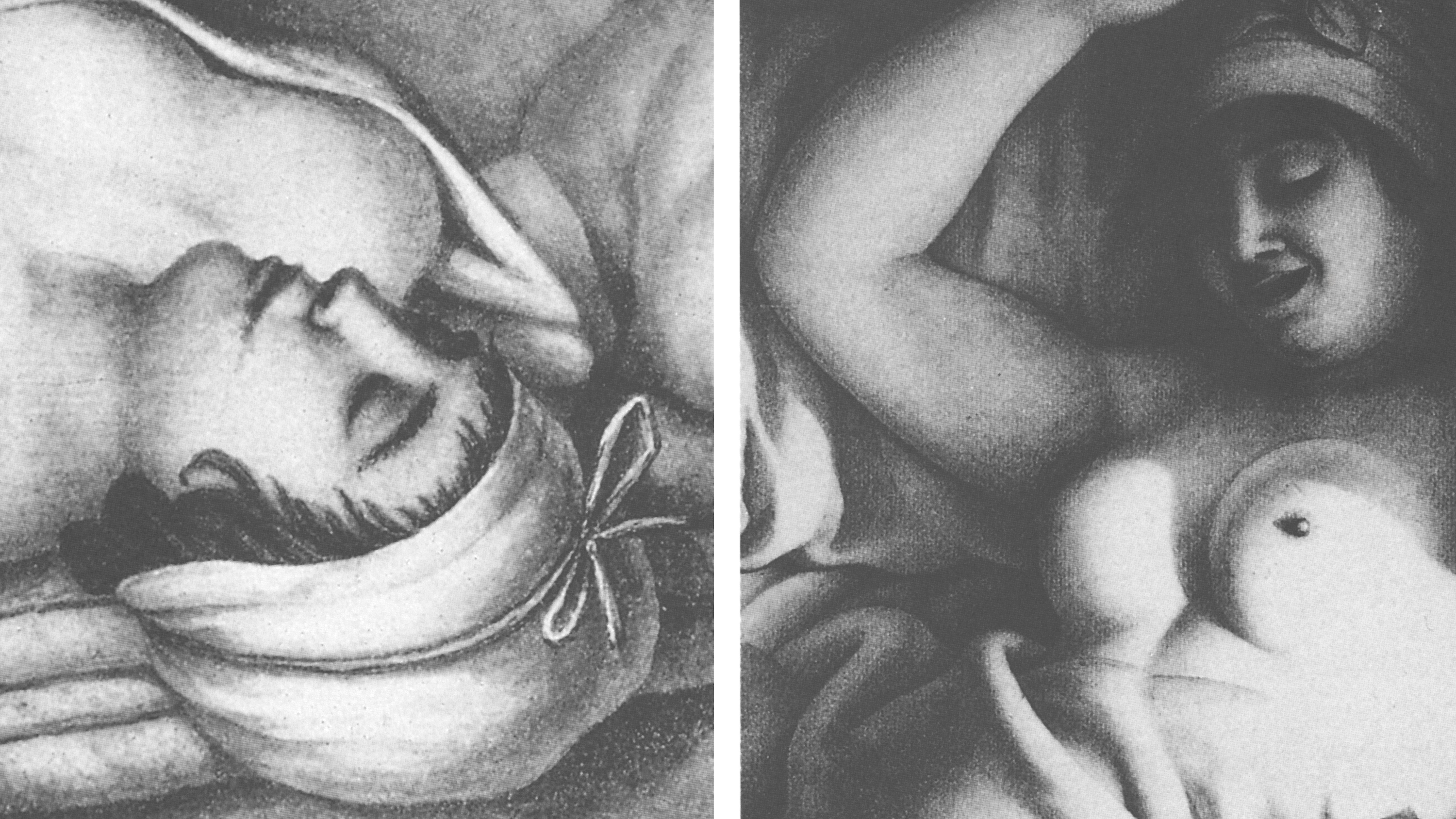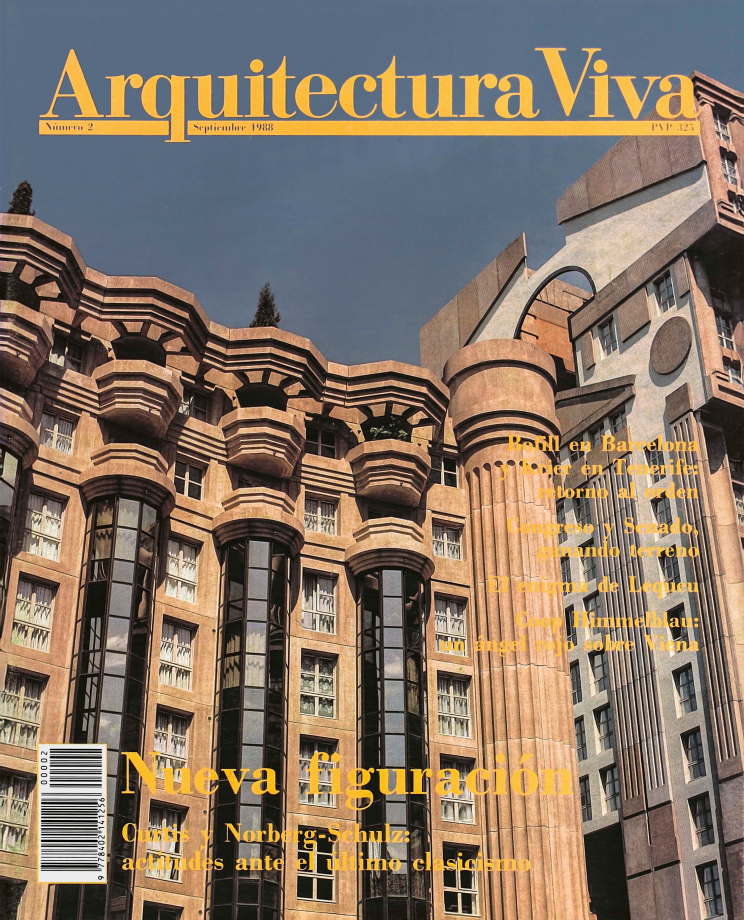
About forty years ago Emil Kaufmann, in his study of late eighteenth-century architecture (Three Revolutionary Architects – 1952 – , Gili, Barcelona, 1980) puts an end to all clichés by presenting Jean Jacques Lequeu (1757-1825?) – the distinguished architectural draughtsman who developed his work during the period of the French Revolution – as an original and unique artist who used his extravagant architectural designs for expressive purposes, in particular to give vent to his disenchantment with the Revolution. By publishing for the first time a large part of Lequeu's archive – held at the Bibliothèque Nationale de Paris (240 pages including Architecture Civile, Nouvelle Méthode, Figures Lascives, and Figures et Architecture) – Philippe Duboy has provided new perspectives and nuances to this interpretation...[+]






